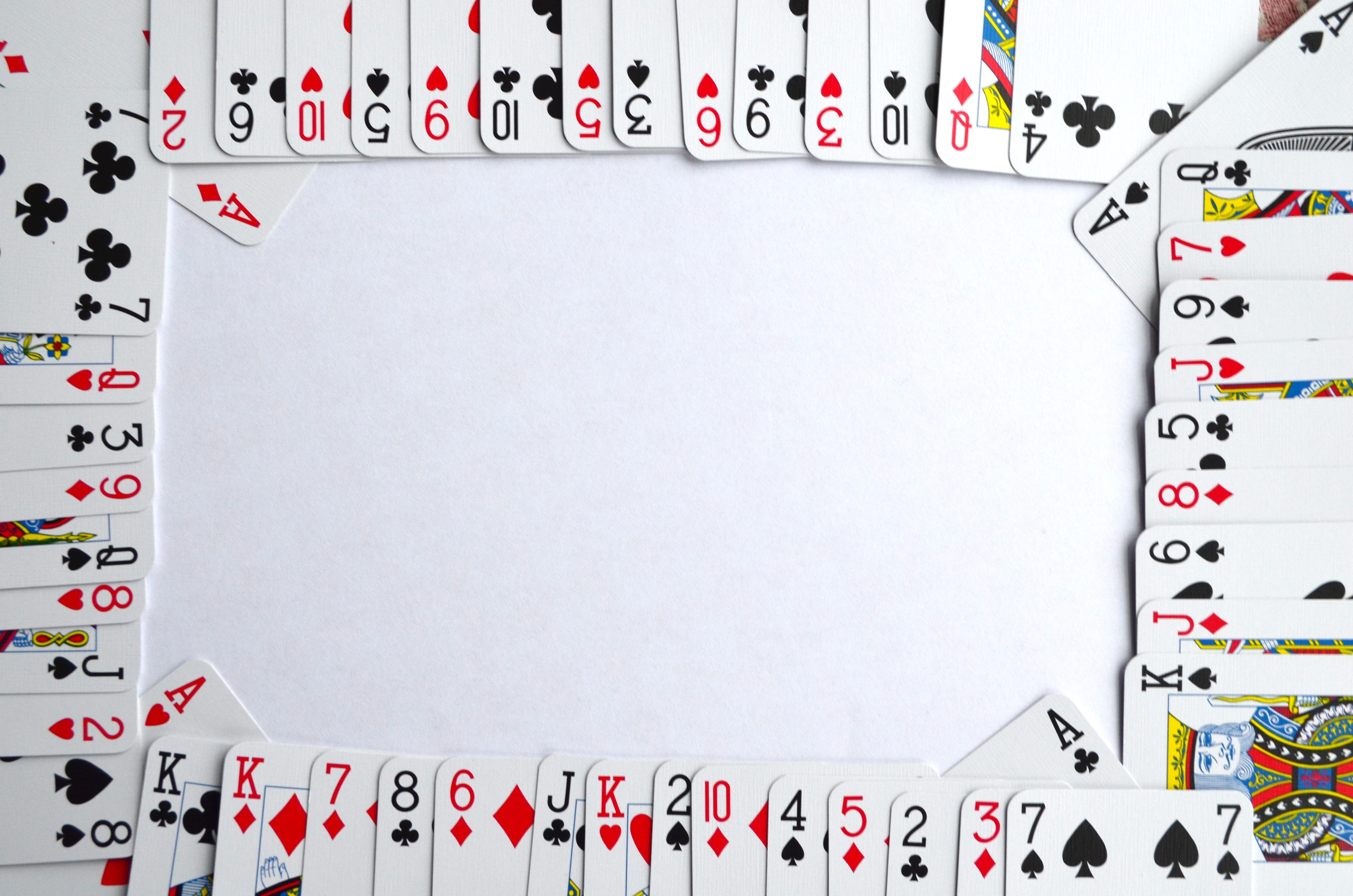By Melissa Lee
My AMSI VRS project was based on looking at structures embedded in an affine space by viewing them in terms of a game called SET.
The game SET was invented by Marsha Falco, a geneticist at Cambridge in 1974. She was studying epilepsy in German Shepherds and drew symbols on index cards to represent some of the different genes she was studying. She developed this concept into a game, which was eventually placed on the market in 1990.
There are 81 SET cards, each with four different traits – colour, shape, number and shading. The aim of SET is to match three cards by having each of the four traits either all the same over the three cards or all different.
We can see above that the first row of cards forms a SET, however the second row does not.
Mathematicians soon discovered that this game SET could be modelled as AG(4,3) – an affine space of points and lines. Each point is represented by four ternary coordinates and there are three points on every line.
Since each point is represented by four coordinates, this means that this affine space is four-dimensional – hard to visualise for even the greatest mathematicians!
However, if we take each dimension as one of the four traits of SET, this affine space becomes much easier to think about. Using this mapping, we have that each of the points of the affine space are SET cards, and each of the lines are the SETs that we mentioned earlier.
Many mathematicians before me, particularly Joseph Thas, have done a wide variety of research on the different interesting mathematical structures we can embed in affine spaces like AG(4,3). However, many of these concepts have never before been considered in the context of SET.
Generalised quadrangles are a good example. A generalised quadrangle of order (s,t) is an set of points and lines such that:
- Any two points are on at most one line together.
- Every point is on t+1 lines.
- Every line has s+1 points on it.
- For any point P that is not on a line l, there is a unique point on l on a line with P.
In AG(4,3) and thus SET, we can find three non-trivial generalised quadrangles. We focus mainly on two of these — GQ(2,2) [nicknamed ‘the doily]’ and GQ(2,4)[‘the super doily’]. We can look at these generalised quadrangles in the context of SET below.
It just so happens that the doily can be embedded or ‘found’ in the super doily, (evident in the figure above).
A natural structure in our affine space that we can look at in SET is caps. Caps are the largest set of points such that no three are on the same line – or, in terms of SET – the maximum number of SET cards we can choose before we must have a SET. It is well known that in the affine space that SET represents, the largest cap is of size 20 (this has been stated in terms of SET by various authors including Monash University’s Dr. Norm Do). What is even more interesting is that when we consider the generalised quadrangles we found earlier in SET, we find that the size of the maximal cap is 17, which is very large considering the super doily only contains a third of the 81 cards of SET. Here is the SET card representation of this cap, along with the corresponding points of the super doily highlighted.
We can see from the SET cards in the third row, the maximal cap of the super doily contains SETs. This doesn’t contradict the definition of a cap because the line corresponding to that SET isn’t one of the lines of the super doily. However, we find that the nice definition of a cap in terms of SET loses meaning when we restrict it to our generalised quadrangle.
Throughout this project, I have been amazed by how nicely we can visualise this abstract affine space in terms of a fun game like SET.
We can see many beautiful symmetries and patterns arise and infer the impact of group theory in finite geometry. It would be interesting in future to see whether we can somehow ‘give back’ to SET. That is, determining whether we can modify the normal rules of SET so that the concept of a maximal cap over a generalised quadrangle gains meaning and to see whether we can produce these other interesting structures in the game.
Melissa Lee was one of the recipients of a 2013/14 AMSI Vacation Research Scholarship.


![Melissa Lee Fig. 1 [Examples of SET cards]](https://rhed.amsi.org.au/wp-content/uploads/sites/73/2014/09/Melissa-Lee-Fig.-1-Examples-of-SET-cards.png)
![Melissa Lee Fig. 2 [Representation of the super doily in SET]](https://rhed.amsi.org.au/wp-content/uploads/sites/73/2014/09/Melissa-Lee-Fig.-2-Representation-of-the-super-doily-in-SET.png)
![Melissa Lee Fig. 3 [Example of a cap of the super doily]](https://rhed.amsi.org.au/wp-content/uploads/sites/73/2014/09/Melissa-Lee-Fig.-3-Example-of-a-cap-of-the-super-doily.png)